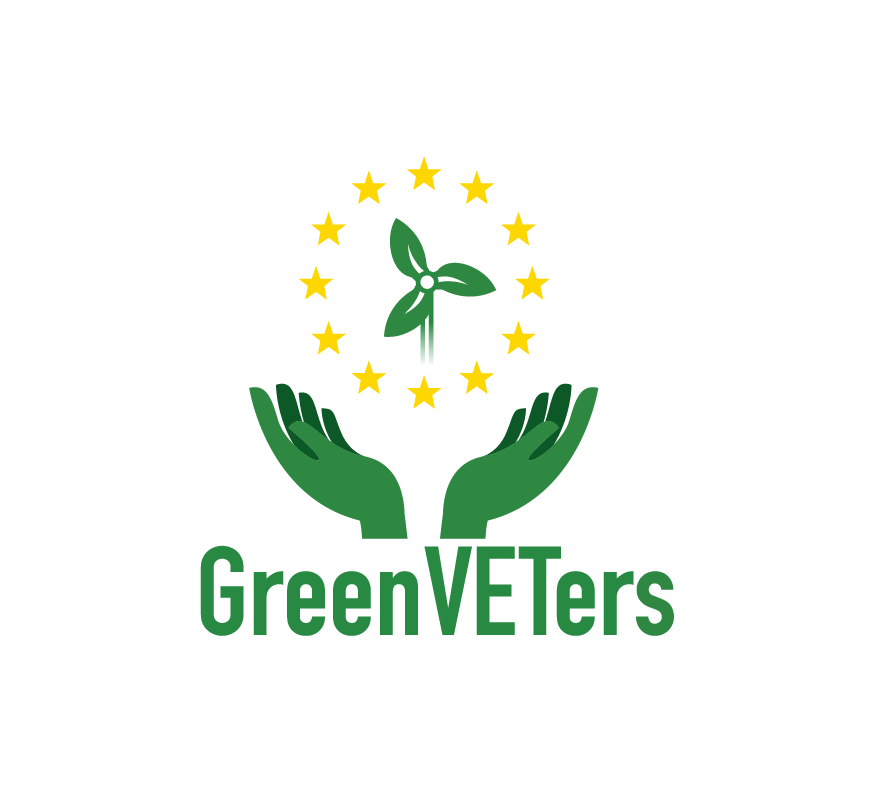The economy is key to fighting climate change. That’s why we need to shift from a linear to a circular economy to improve society and become more environmentally friendly. But what are the differences between these two terms?
Linear economy: This economic model was utilized by the developed industrial economies of the 20th century. It frequently follows the “take-make-waste” pattern. To put it more precisely, it means that raw materials are first collected, then processed into products, and finally, after being consumed or used, the products are disposed of as waste. With products made to be thrown away once they’ve been used, profit comes first before sustainability.
Circular economy: As it became clear that the linear model could not support infinite economic growth on the planet’s finite resources, the circular economic model of production was introduced as a challenge to the conventional one. By designing a system that uses “waste,” the circular approach detaches economic activity from its reliance on limited resources. The materials are wasted and not disposed of in this way. Instead, they rejoin the cycle of production, ensuring sustainability and reducing the
negative impact on the environment. It is intended for the system to regenerate itself. This model aims to extend the life cycle of products to use them in the best way possible for minimal environmental impact.

